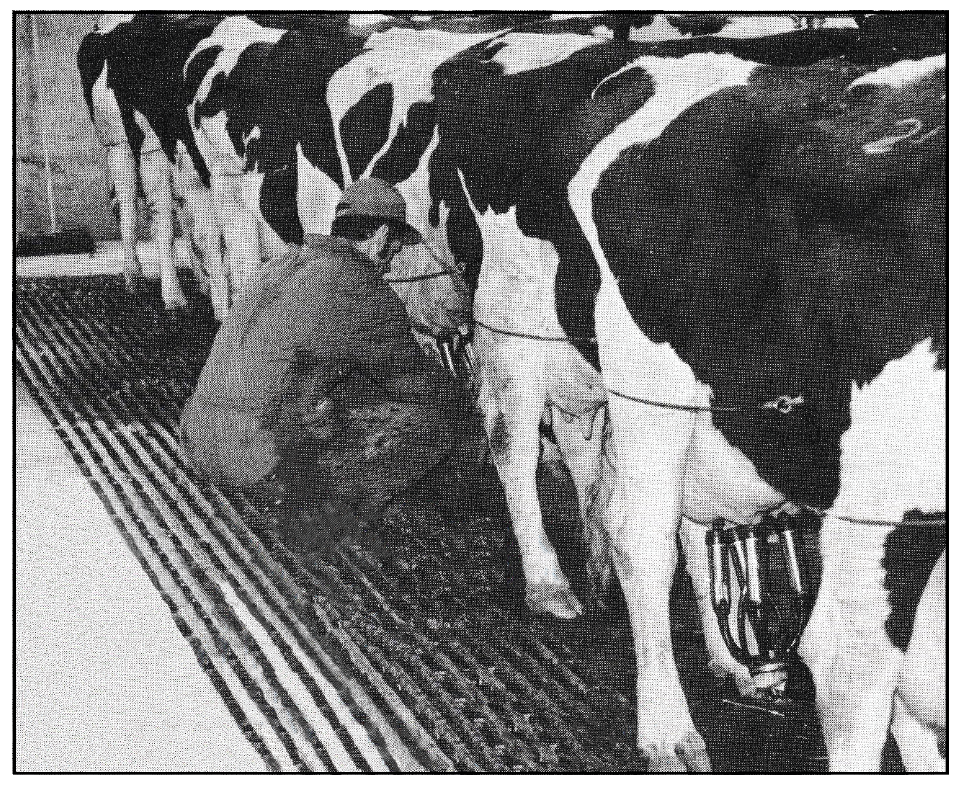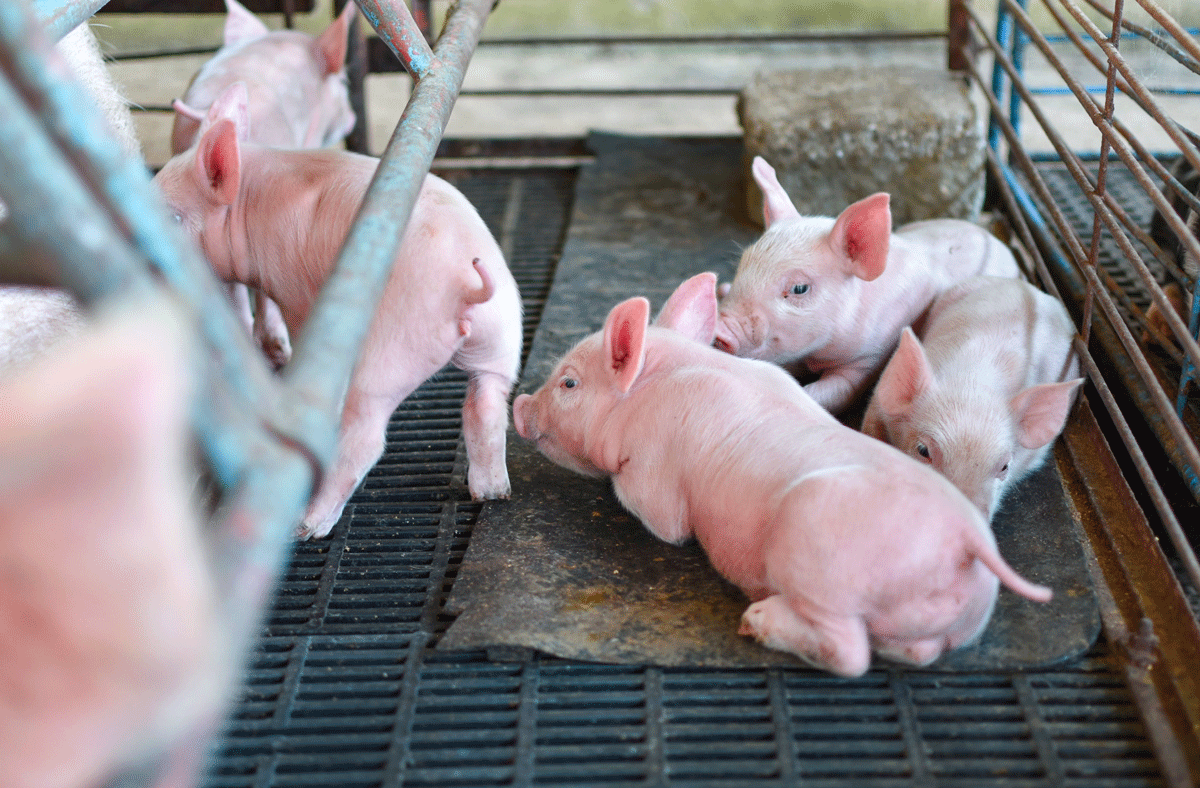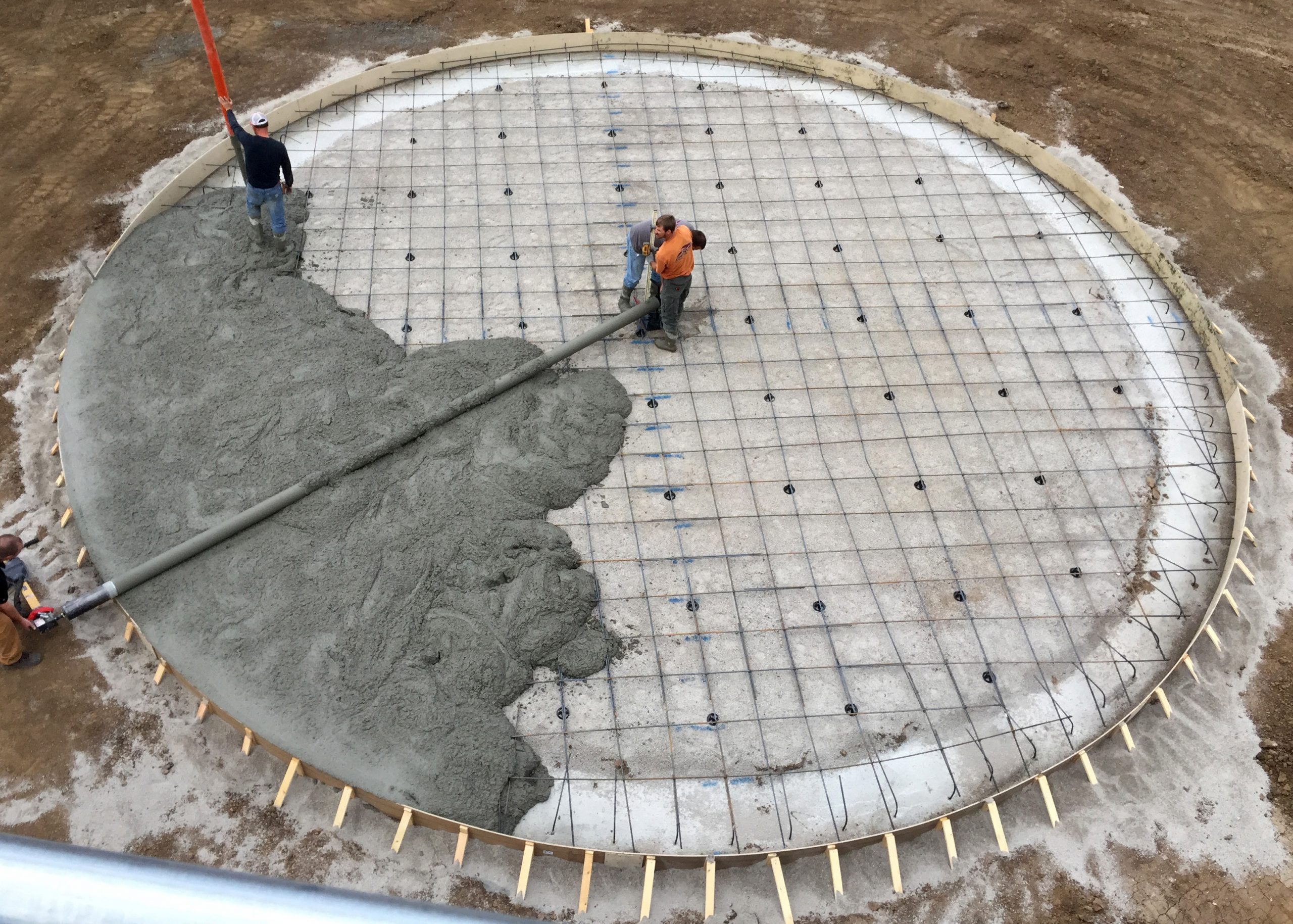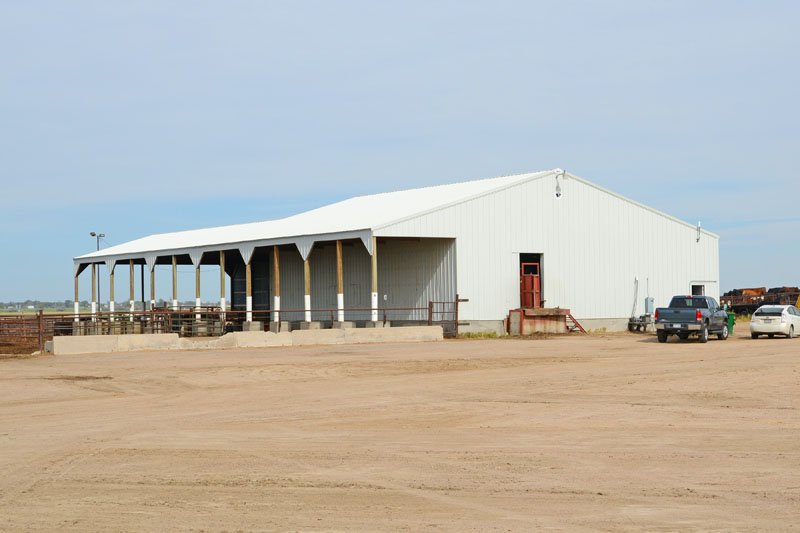By Glenn Frederick
A new dairy barn, an experimental milking system, and the makings of a complete manure handling system were recently put into operation at Hanna Brook Farm, Verona, Wis.
Owners Allen and John Hanna are finding that this new setup, one of the first of its kind in Wisconsin, gets time-consuming chores completed faster and more efficiently, and has made “barn-work” almost a pleasure.
“We decided to enlarge our dairy herd and get out of the old, stanchion-type barn last year. So we asked Spahn Enterprises of Sun Prairie, Wis., to build us a 34 x 146-ft. metal structure,” explains Al Hanna.
“Then we went to Disch Hardware at New Glarus, Wis., our DeLaval dealer, who got us together with Ken Duren from that company. We decided to go ahead with an experimental milking system new to this country but used in Europe for 10 years,” continues Hanna.
This system and a new Northco ventilation system were installed in the barn as it was built. The Hannas moved into the barn in January, 1974.
Uses German-made stalls
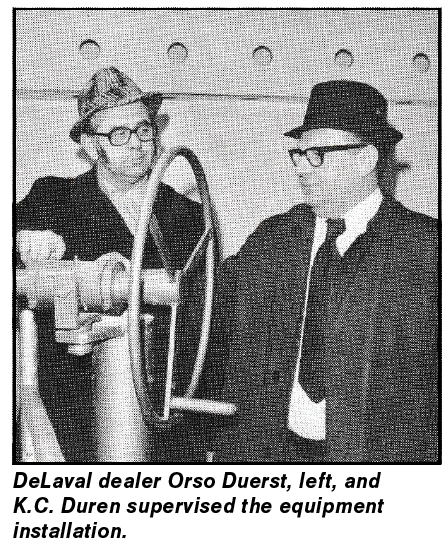
Duren explains the milking and manure handling systems: “They already had a DeLaval bulk milking system, so that was brought into the new barn. The new, experimental concept involves 66 Rynholm stalls manufactured by AlfaLaval in Germany. Each is 4 ft. wide here, but width is variable. There is no tie in front, only a chain tie across the back of the cow.
“The stalls are constructed of galvanized 2-in. tubular steel. On one side, the stalls are 63 in. long for the bigger cows and they’re 60 in. long on the other side,” he states. Each cow stands on a rubber mat, so there’s no need for bedding.
The unique feature of this system is that each bank of 33 stalls pivots 40°. A crank is used to pivot the entire group of stalls at one time until each separate stall is only 27 in. wide.
According to Hanna, “This works very well for us because it keeps the cows from moving around while we milk and gives the herringbone position for easy access to the udders.”
Each Hanna brother milks the cows on the same side each time, with Al approaching one bank of animals from the animals’ right and John placing milkers from the left side. They’re building herd size from 45 to 66 and have timed their milking speed at a cow per minute.
Time spent handling manure has also been decreased with this new barn, and will be cut to once every two weeks eventually.
Ken Duren explains the system: “The Hannas chose DeLaval’s new Delta-Matic manure removal system. With this set-up, the gutters are 3 ft. wide. They’re 9 in. deep and slope 1 in. in 10 ft. for a total of 13 in. Gutters are covered with grates and a chain-powered scraper operates in each, bringing the manure to a cross-channel conveyor.
New Licom I System
“This conveyor takes the manure and urine from the barn to a specially treated Licom I pit 14 ft. in diameter and 12 ft. deep. It has a 10,000-gal. capacity, enough storage for two weeks unless water from the milk house is run into the pit.”
He points out that this is only the first stage of the Licom system, and that the Hannas plan to enlarge to that in the future. For now, a 15 hp submersible motor stirs the materials in the pit twice a day so there is no obnoxious odor.
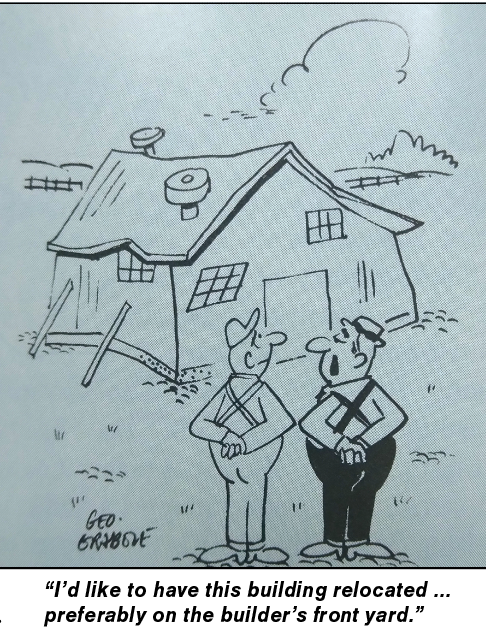
“We have to get the bugs out of the system,” Duren says, “and are going to give it a year’s trial. First operated manually by a switch, the manure cleaner will be set up on a time clock to run at 3-hour intervals. The manual crank for pivoting the stalls, which can be done in 20 seconds, will probably be converted to one that is hydraulically driven.
The Hannas like the new setup. Their cows have more comfort and thus herd health is improved. In an area where Duren says the climate isn’t suited for milking parlors, a stanchion barn with this pivot system may prove more suitable.
“With the rubber mats to keep the cows cleaner and drier, plus a ventilation system that works like air-conditioning in summer and keeps the barn at 45° in winter,” relates Al Hanna, “we intend to keep the cows in a controlled environment.”
Without a woods or a good place to let the cows run, he figures to let the cows out in the yard for about three hours a day in the summer and keep them in the barn otherwise. RB
Flashback Notes
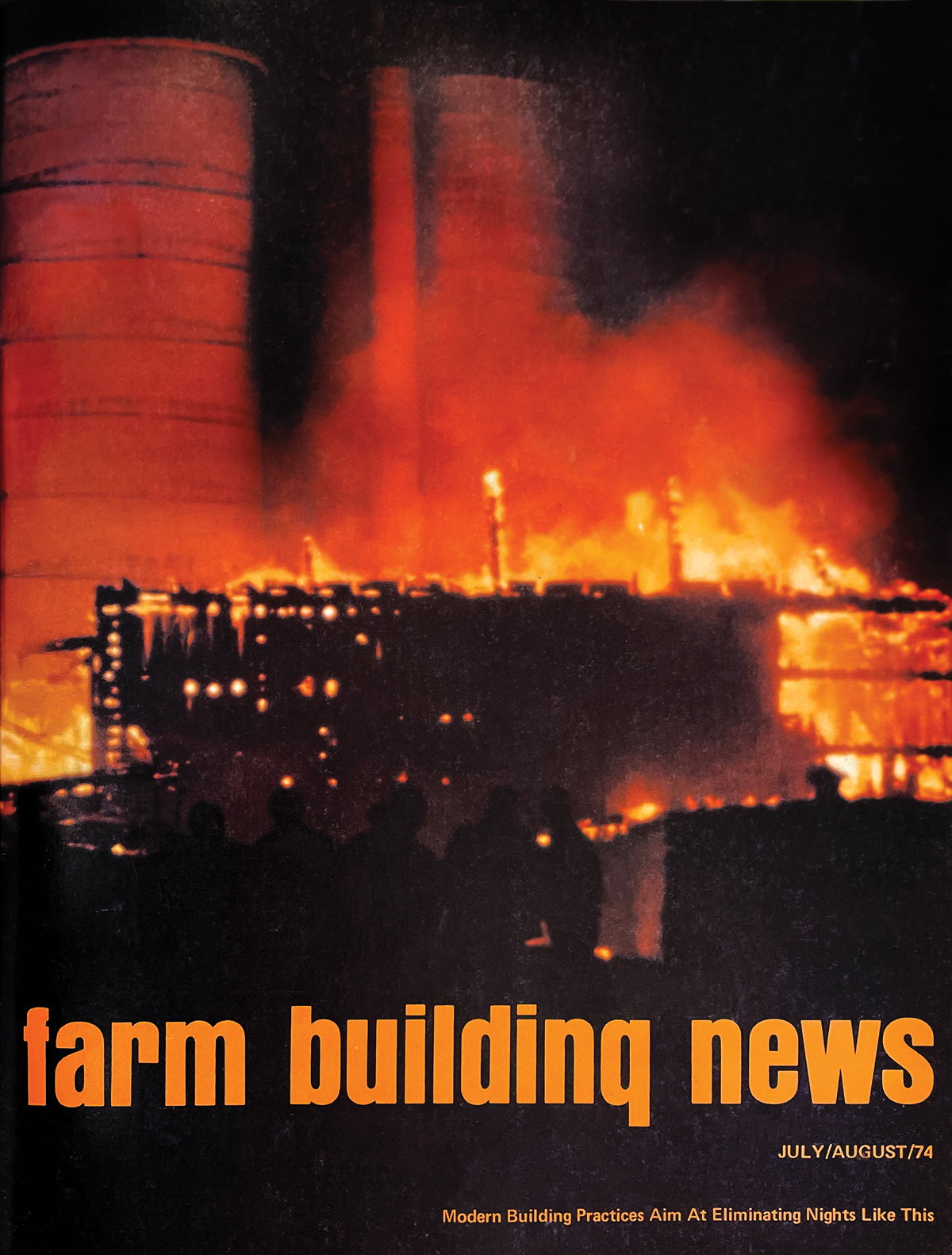
of the July/August edition.
For 50+ Years Rural Builder has been providing the news, trends and resources builders need. Prior to the January 1974 edition, “Farm Building News,” as it was called, was in newspaper form. However, those old papers are not to be found in our Shield Wall library. We would love to see some of them… it’s our lost heritage! If you have one/some of them please drop a line to me: [email protected]. I’ll publish a brief news story about you, your organization, and your projects in return!

